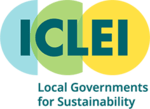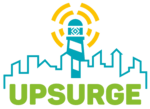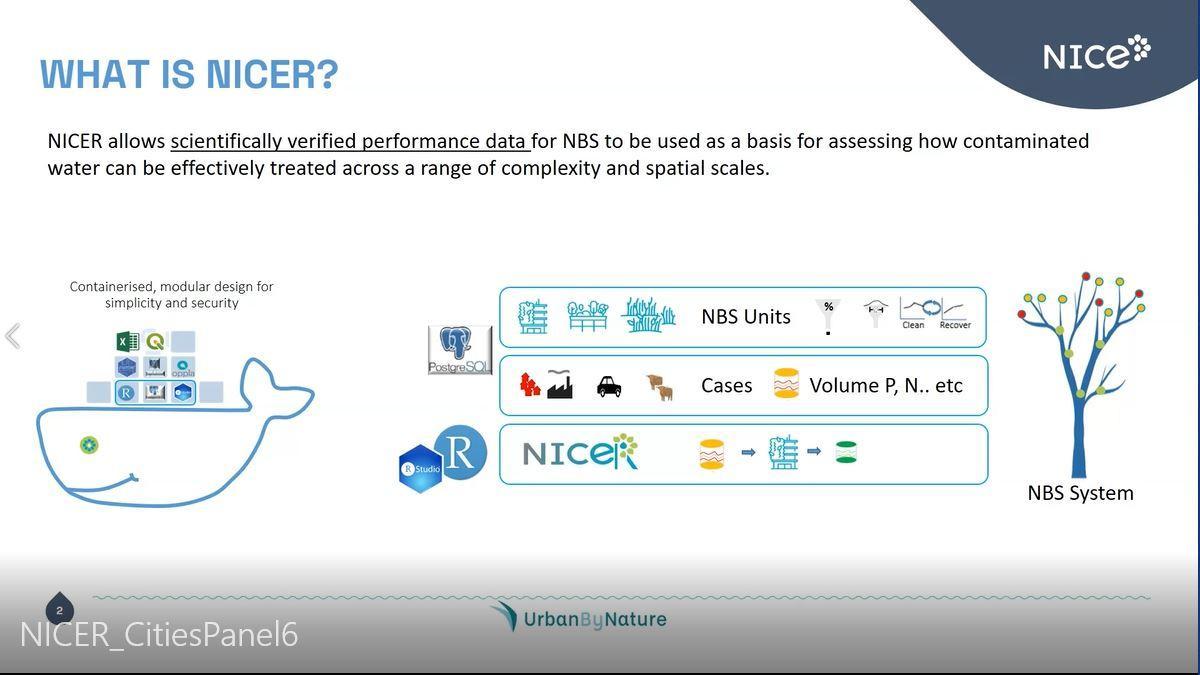NICER makes debut at 6th NICE Cities Panel
The NICE Cities Panel is a community of practice connecting citizens, practitioners, public administration representatives and researchers with our EU-funded HORIZON 2020 NICE Project technical experts that are currently working in the field of technical and scientific design, construction, monitoring and assessment of rain gardens, treatment wetlands, green walls and other nature-based solutions for wastewater treatment and potential reuse, to support a more circular water management in different impaired natural landscapes. The participants of our latest event attended the presentations from the project coordinator and our NICE partner developing open source software to support decision makers assess and prioritise the implementation of the abovementioned technologies in their own sites. This event was channelled through the UrbanByNature Programme under steps 3 and 4 prioritise, commit and plan, which focus on tools and frameworks to enhance the visualisation, analysis and processing of data to tackle complex environmental issues, such as sustainable management of wastewater. The software NICER allows scientifically verified performance data for NbS to assess how effective different treatment options would be across a range of complexity and spatial scales.
“We might and will take into account your own geographical context”,Dr.Neil Sang pointed out, as an answer to participants' questions. As he mentioned, the different land covers, such as asphaltic surfaces, mixed-use developments or green areas, and the type of pollutant from run-off specific to each is considered when computing the model. A basic conversion factor between land cover and the type of pollutant allows to calculate site specific loadings, an estimation aggregated along the catchment”.
The 6th iteration was a milestone. As Dr. Fabio Masi highlighted, the only one way to proceed by municipality technicians for water management planning is to perform conventional economic feasibility studies, which are highly time consuming and require the compilation of data from different sources. However, as he stated, NICER offers a much straightforward pathway - an open source software that simplifies data processing and brings evidence of multiple alternatives performance in a short time. Municipalities can earn money and plan more strategically with instruments like this. Dr. Neil Sang and Dr. Abdulghani Hasan of SLU presented Excel to the QGIS interface, and how to actually work spatially in a specific location assuming none GIS skills are required. Guidelines to nurture users through the necessary steps will be provided for beginner users in case they require it.
During the discussion phase of the panel, NICE scientists and researchers Fabio Masi, Carlos Arias, Fulvio Boano and Enrique Frasca fielded audience questions and ideas about how NICER can be used in real life applications. Interest in the tool included municipalities and academic institutions alike and participants were motivated to think creatively about the usability of the tool. A common question was whether the tool could be used for specific application in regional contexts such as in the mediterranean region or in West Africa.
Attendees also inquired about how the tool receives data for modelling. Indeed a potential note for improvement would be to open data input from more diverse sources. An excellent aspect of NICER is that it can be used in its individual components and can be easily modified as such. Since the tool is meant to be a living information system for NBS, improvements suggested by beta users can be taken into account to improve the software. This event opened a new path for exploring the software and retrofitting this tool, as more case studies will strengthen its accuracy in assisting decision makers.
If you were not able to make it to the last NICE Cities Panel, there will be opportunities in the future to become more informed about the tool. You can still sign up for the beta-testing programme, including online workshops where you can learn how to use NICER.
NICER is still in development. Your participation and thoughtful questions and observations will help ensure NICER meets your needs. Should you have any further questions about NICER, Neil and his team would be happy to remain in discussion with you at: neil [dot] sang [at] slu [dot] se
As was mentioned during the event, you can sign a form to be in touch in 2025 to test out the tool at your municipality. Find the form here.

Our partners












The UrbanByNature programme is funded by the Horizon 2020 Framework Programme of the European Union under Grant Agreements No. 730222 and No. 776604. It has received funding for an update by the Horizon Europe Programme under the Grant Agreement No 101003818. The sole responsibility for the content of this website lies within UrbanByNature and in no way reflects the views of the European Union.
